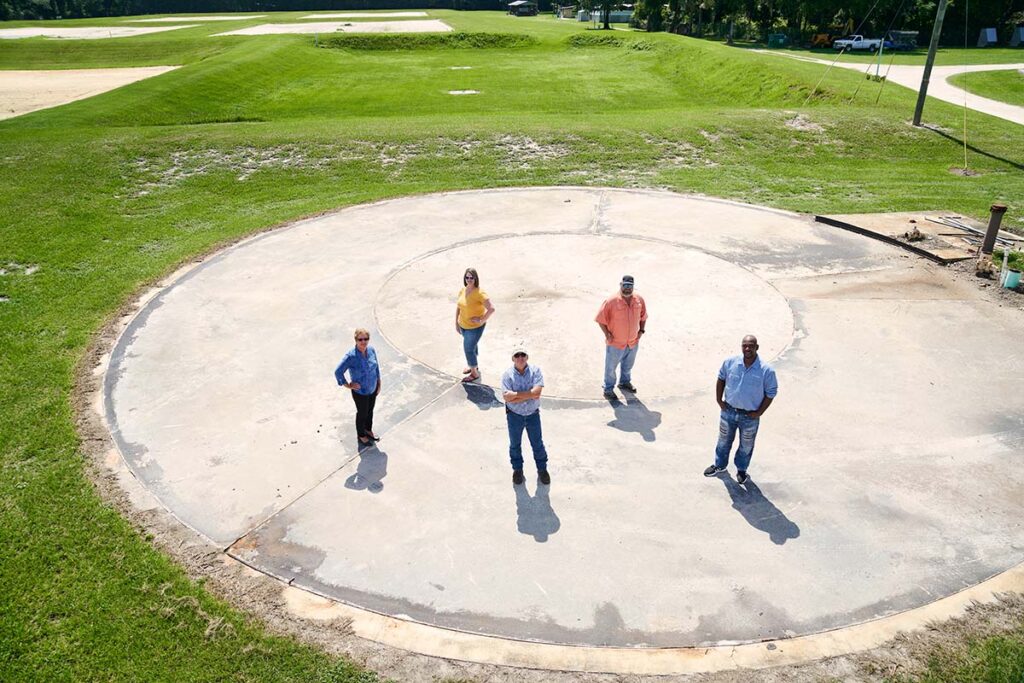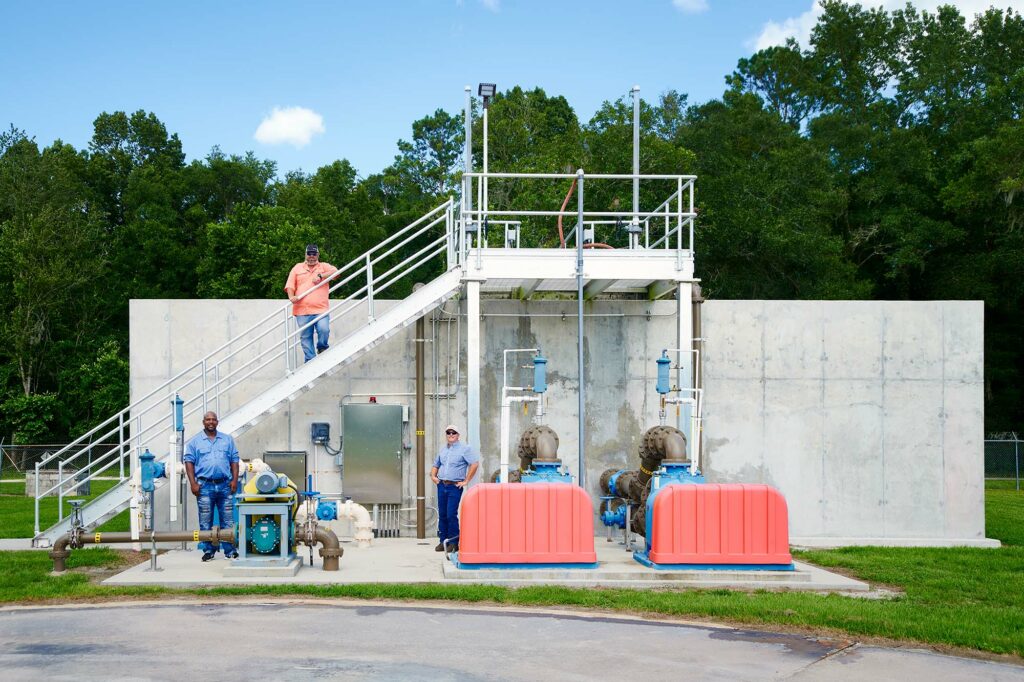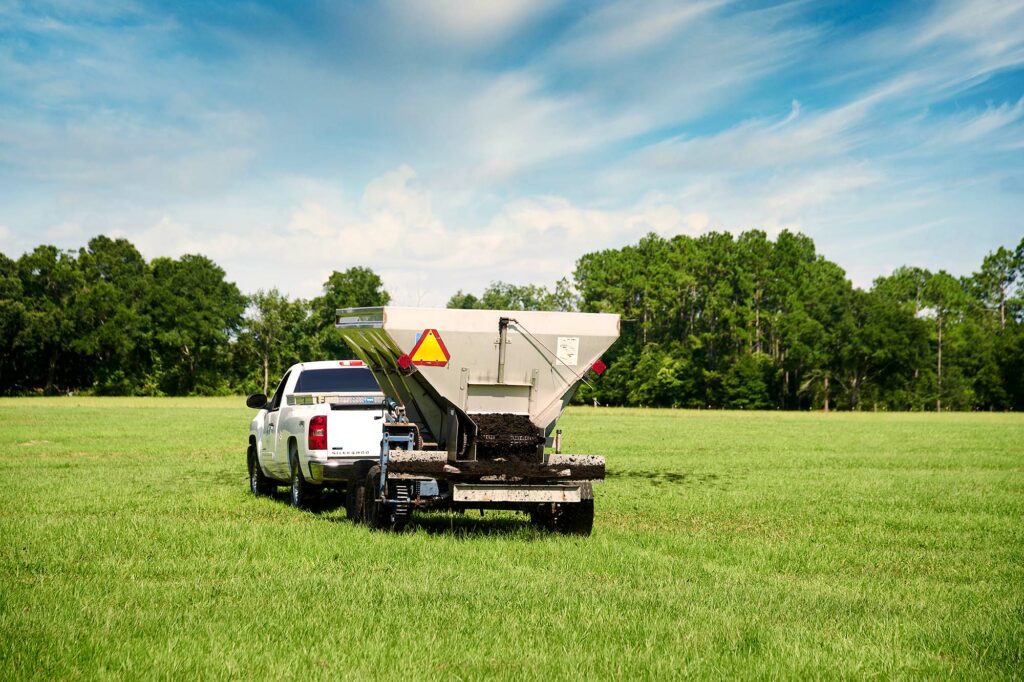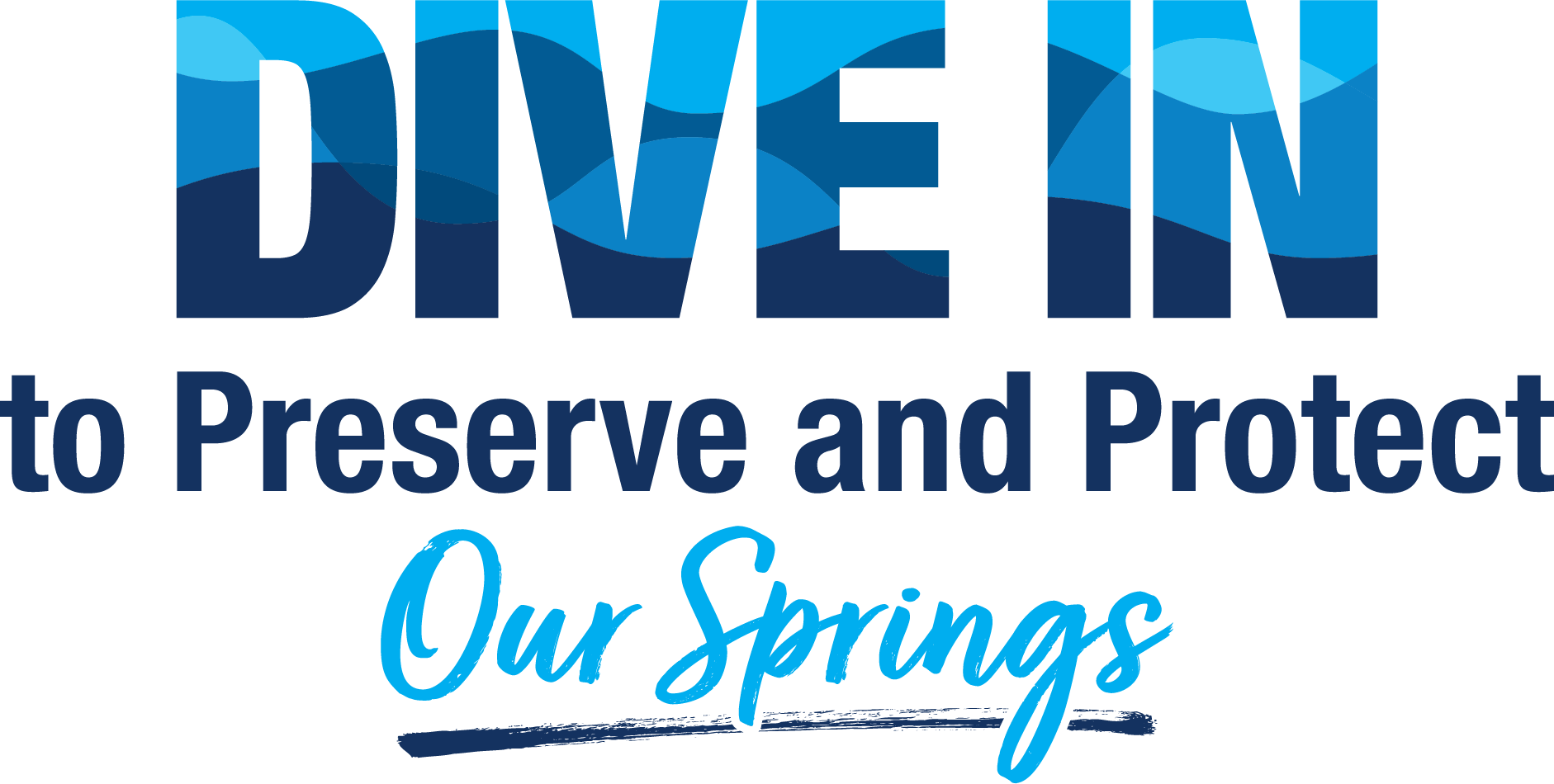Reducing waste, reducing costs and helping to protect our water resources
The strong, industrial structure known as the “digester” for the City of Chiefland, Fla., is a visual contrast to the majestic, natural springs a few miles away. But the active work of the digester is helping protect the springs, the area’s most valued natural resources.

A digester helps break down waste for a wastewater treatment plant. Making sure the local digester was doing its job and not wasteful in its work was a priority for the City of Chiefland and the Suwannee River Water Management District. The District manages water and related natural resources in north-central Florida by providing water quality and quantity monitoring, research, regulation, land acquisition and management, and flood protection.
An efficient digester matters because it helps minimize the impact of nitrogen that can make its way into the groundwater. The water that makes its way into the local springs “recharges” away from the springs themselves in areas called “springsheds.” Due to the karst, sponge-like geology of Florida, preventing nitrates from making their way into the springs is especially important.
Most of the area’s water flow goes west and southwest underground. Dye projects have helped visibly show how the water travels. It all ties back to the springs. The new digester means fewer nitrates and better, more pristine water over several generations.
The tall concrete structure, more formally known as the City of Chiefland Nutrient Reduction-Biosolids Treatment Unit, “digests” biosolids. It takes remnants from wastewater production — the biosolids — and makes it possible for them to be treated and broken down even further. It is then applied to about 100 acres of hay fields or pasture land leased by the City of Chiefland.

Renovation of the digester reduces “land applied nutrient loading” to the Floridan Aquifer by approximately 600 pounds of nutrients per year. The project will reduce nitrogen loading on agricultural sites by approximately 400 pounds per year and phosphorus loading by approximately 200 pounds per year. The increased treatment of biosolids is also anticipated to reduce the volume of biosolids being land applied by approximately 5 to 10 percent.
“Before this new digester, the biosolid product would be going to a landfill or the City would be paying to have it hauled away by a company for further treatment,” explained Randy Wilkerson, City of Chiefland wastewater supervisor. “There is no in between. The science happening in the digester enables us to reduce that. It is breaking matter down to minute amounts instead of sending 35 tons a year to a landfill.”
The City’s old system was constructed in 1968 as the community’s wastewater treatment plant. It was refurbished in 1998 and converted to the biosolids treatment unit after the construction of the new treatment facility. Rusting and past its prime, the digester was identified as a project ripe for improvement. It was replaced with a more modern, efficient version in January 2020.
“The digester we have now is hands down the way to go, and we’re applying the nutrient product to fields using our own trucks and employees,” explained Mary Ellzey, Chiefland city manager/clerk. “This project is incredibly resourceful. It is reducing waste, reducing costs and helping to protect our water resources.”
“It’s important to realize what we do on the land’s surface affects our groundwater, and in Florida’s case, for the majority of residents, our drinking water,” added Hugh Thomas, executive director of the Suwannee River Water Management District.

The Suwannee River Water Management District partners with state agencies, local governments, land owners and other stakeholders to implement projects to reduce nutrient loading, including implementing agricultural best management practices (BMPs), stormwater treatment, erosion control and bank restoration. The Suwannee River Water Management District actively monitors nitrate concentrations throughout the District in both groundwater and surface water.
For a community nestled near the springs, projects like the digester support natural resource protection, and community partnerships help make them possible. The City of Chiefland worked in conjunction with the Suwannee River Water Management District and the Florida Department of Environmental Protection — together, the partners were able to provide the expertise and funds to get this done. The $521,823 project was completed with $376,560 in Springs grant funds and a $145,263 cooperator match.
“The work we do with communities varies by project, but each ties back to reducing nitrates and conserving water,” said Lindsey Covington, public communications coordinator for the Suwannee River Water Management District. “We appreciate Chiefland’s partnership and have enjoyed working with them through each step of their project application.”
Andrew Carswell of Mills Engineering worked with the City of Chiefland on the digester project and helped with the grant process.
“The digester plays an important role in removing pathogens and eliminating problems associated with the residuals,” Carswell said. “It provides a good product for the land. It is beneficial for the farmland while protecting the groundwater.”
